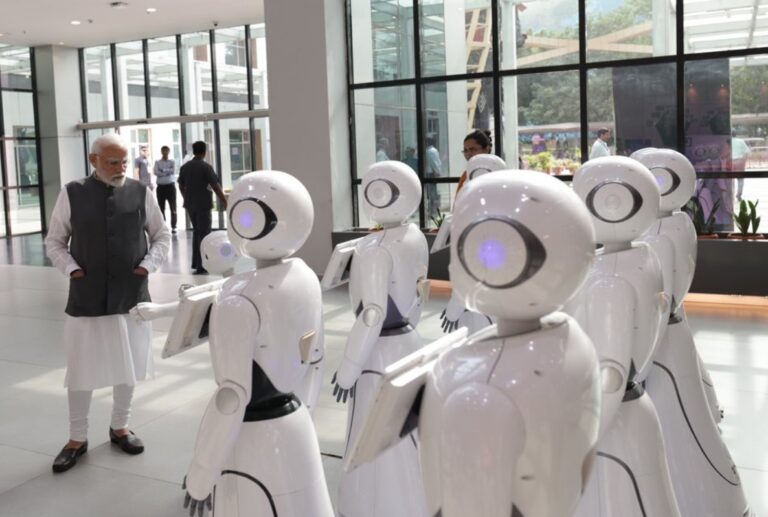In an increasingly multipolar world, there is one engine that unquestionably dominates the East. Namely, thriving and diverse population of 4.3 billion people.
Asia accounts for 30 percent of the earth’s surface but is home to 60 percent of the global population. This creates high-impact opportunities. Ranging from increasing productivity to improving financial inclusion, alongside challenges such as increasing resource scarcity and waste generation.
Given the considerable diversity among countries in the region, both economically and socially, there is no “one-size-fits-all” solution for sustained and responsible economic growth.
Table of Contents
The Indian case
With India overtaking China as the world’s most populous country, with more than 1.4 billion people, more than half of whom are under the age of 30, the potential for growth over the next decade cannot be ignored. Neither can the unintended consequences of this structural issue.
One of the effects of a large and emerging population is a self-reinforcing shift in consumption, ranging from basic survival goods such as air conditioners and toilets, to electric two-wheelers, luxury goods and travel services driven by spenders with an aspirational mechanism.
Recent McKinsey studies predict a consumer push estimated at $10 trillion in Asia alone over the next decade. And despite the persistence of inflation in the short term, this trend seems to be holding up well in Asia (excluding China) and is extending to rural consumers.
Read also: India sets off again to conquer the Moon
Government initiatives ways to digitize India
When it comes to managing a large and widespread population, a sound government-wide digital strategy is critical. This is particularly evident with developments in the India Stack public-private partnership, the ambitious project to create a unified software platform to bring India’s population into the digital age.
Starting with the Aadhaar biometric identification system, established more than 10 years ago and registering more than 1.3 billion people, the Modi government has launched a series of digital systems that enable payments, government transactions, health records, and document storage.
Digital payments are backed by the Unified Payments Interface (UPI) and supported by more than 350 domestic and global banks. Thus growing rapidly to become the world’s fifth largest digital payments network by volume.
This not only brings small businesses online, but also opens up opportunities for private e-commerce players in the marketplace. Adoption of the UPI network is aided by smartphone penetration, currently hovering around 60 percent.
As well as access to a reliable and affordable Internet connection, made possible by products such as Reliance Industries’ Jio.
These are just a few examples of the many opportunities emerging throughout the region that will enable a large and growing segment of the world’s population to access vital financial products that could provide a safety net. Thus enabling lower and middle-income households to spend growing wealth on new luxuries supported by a more sustainable economy.
Read also: Internet access around the world: the state of the art












